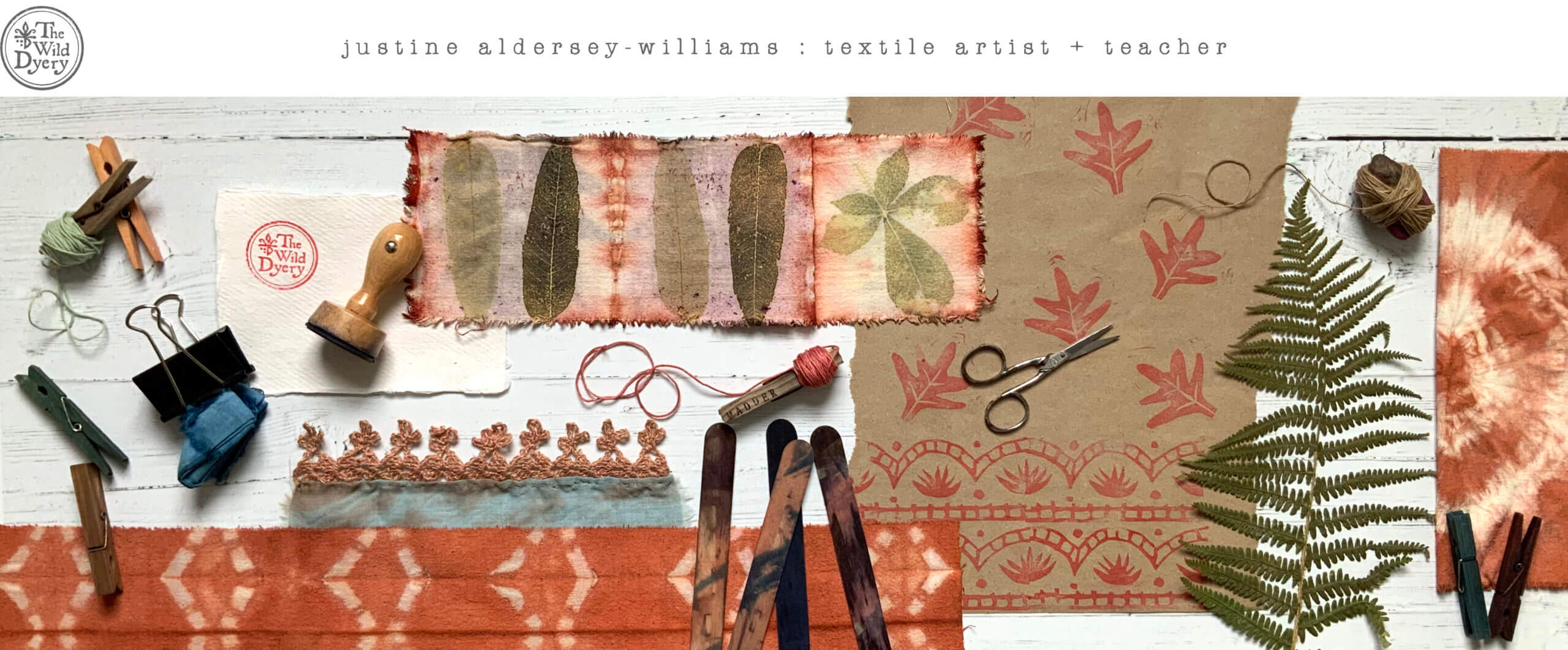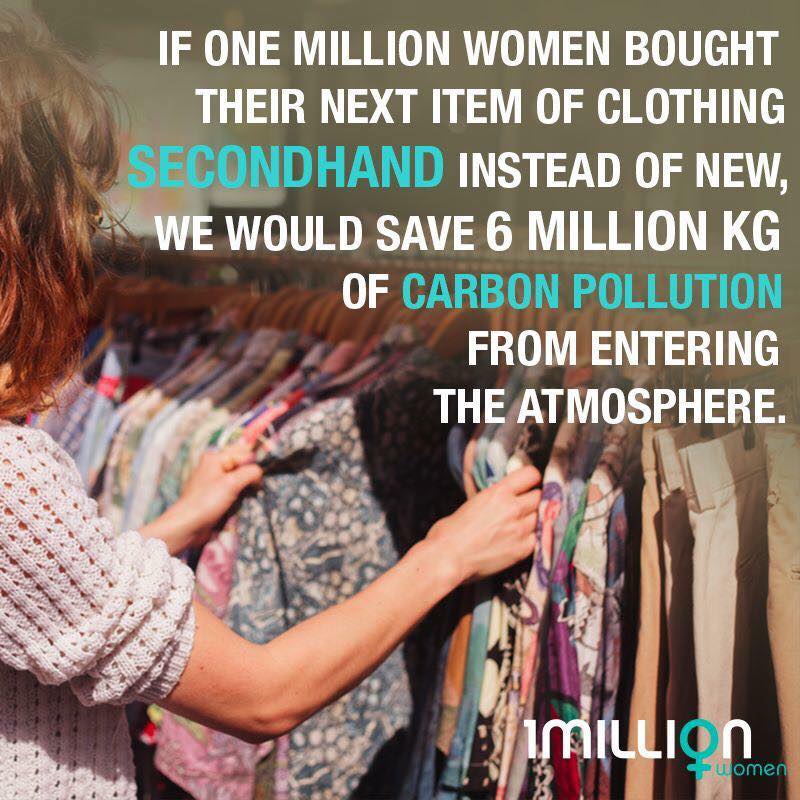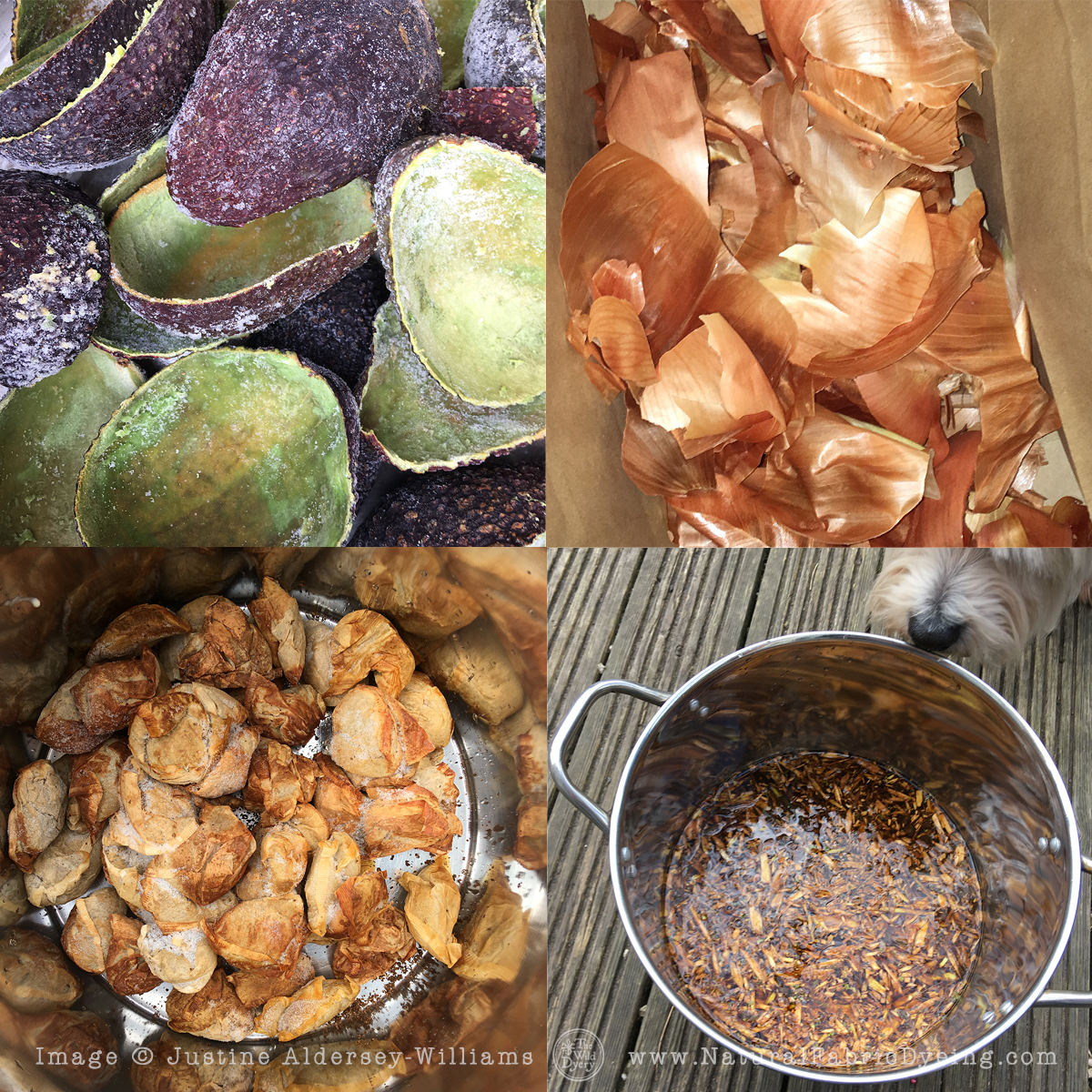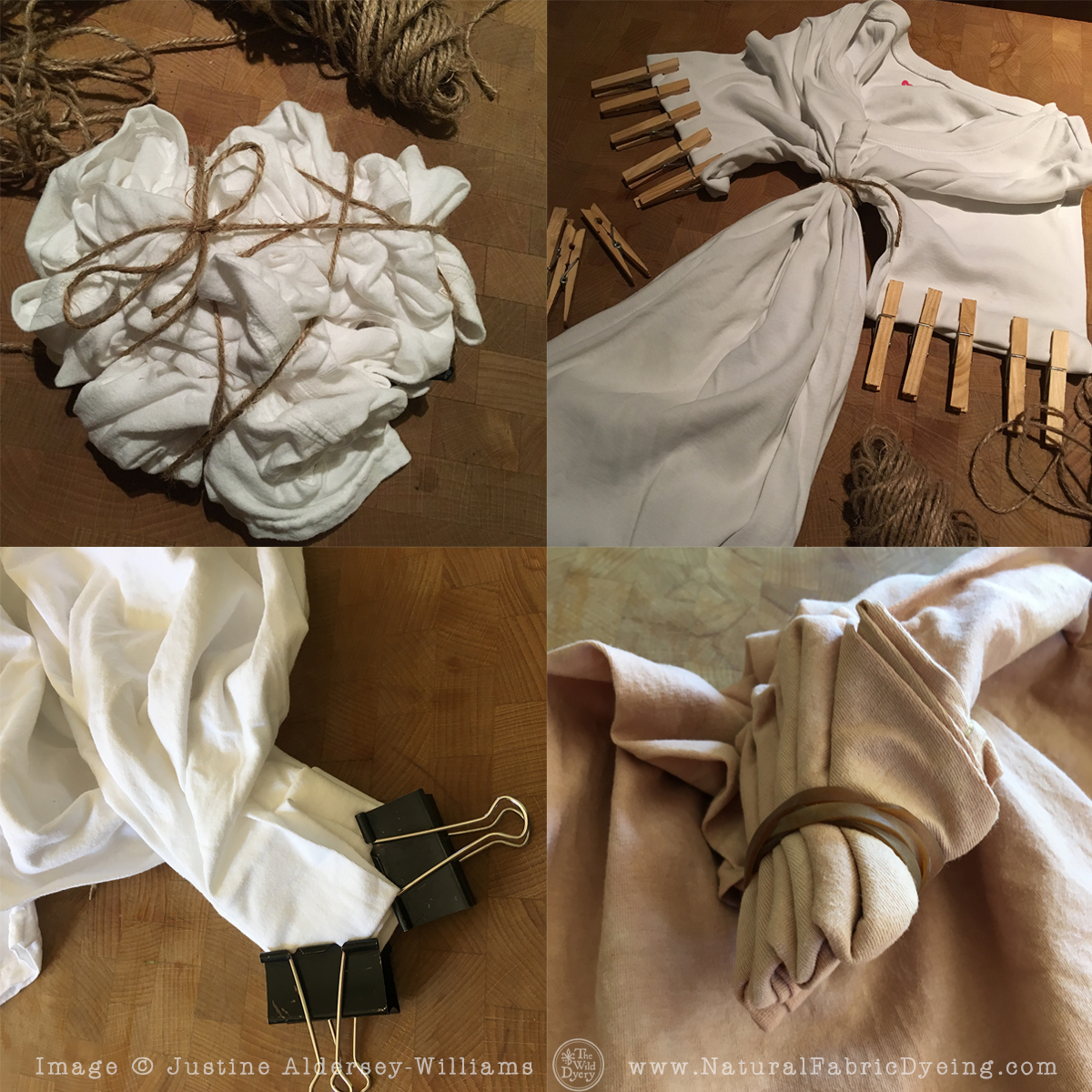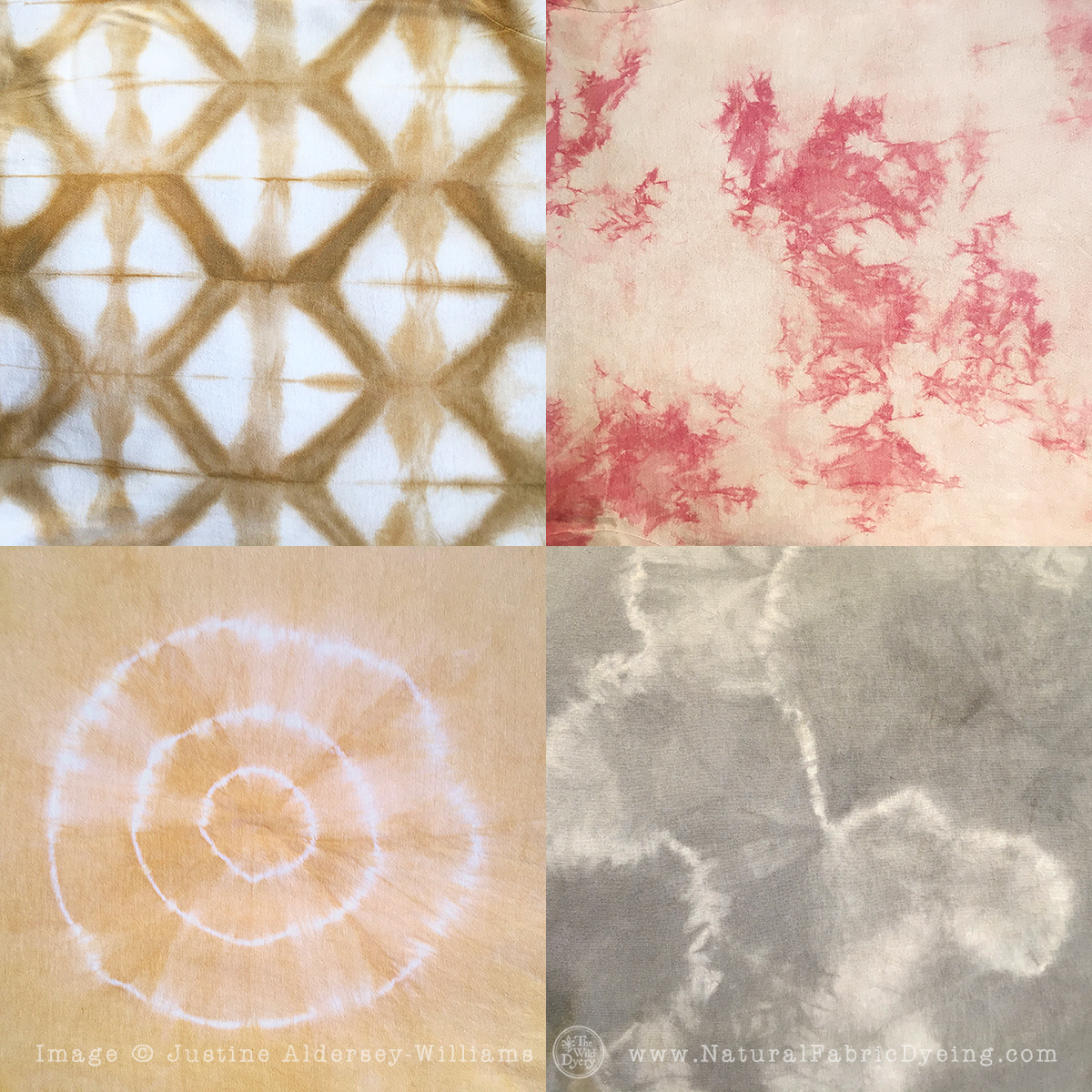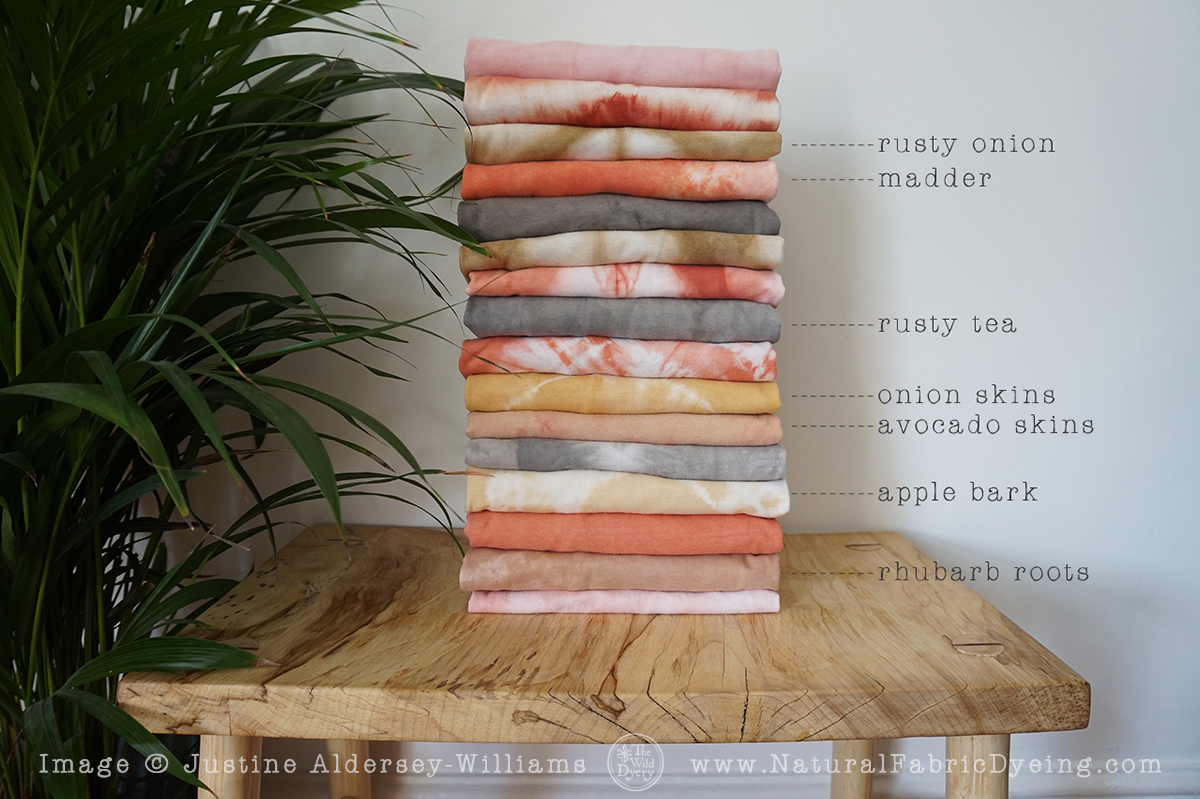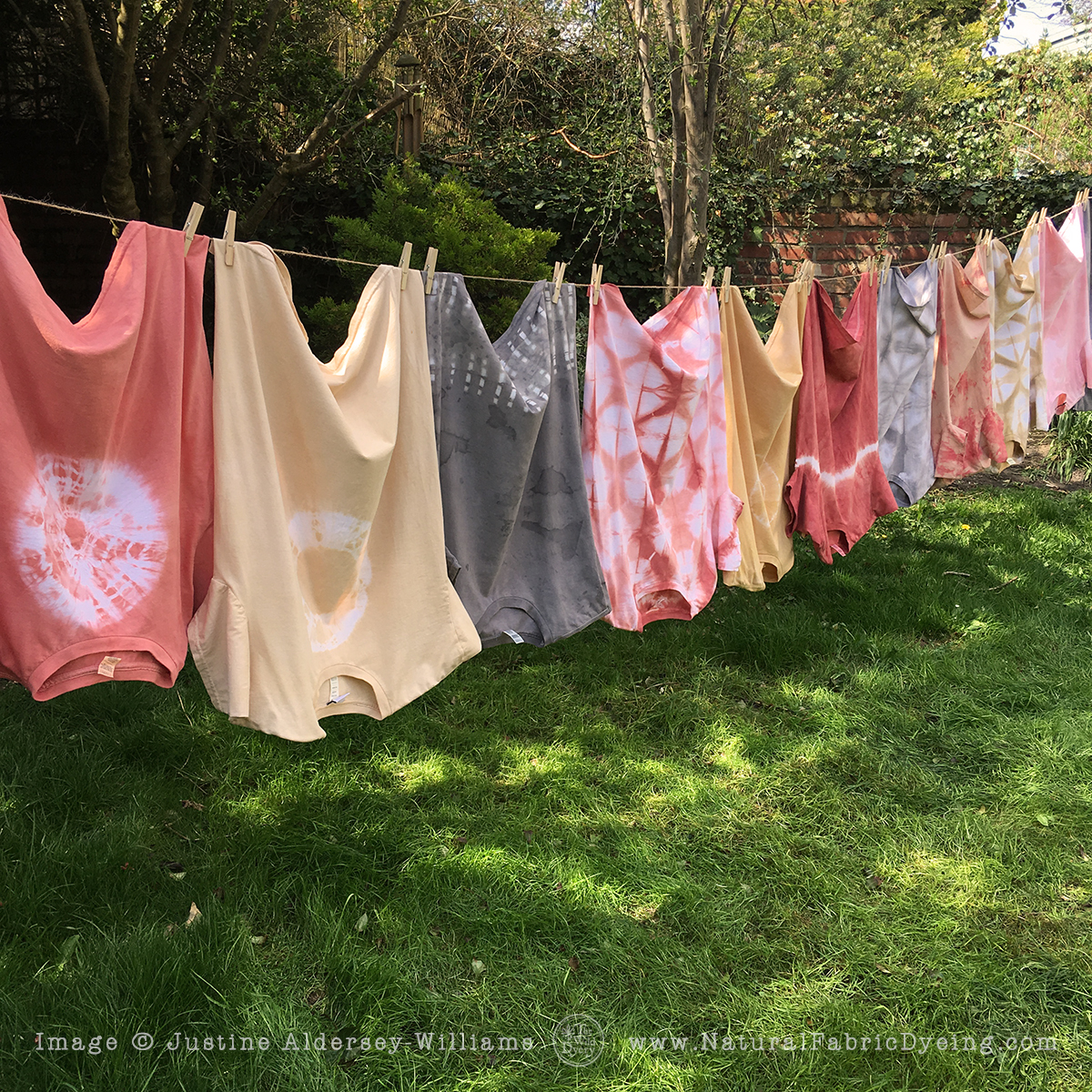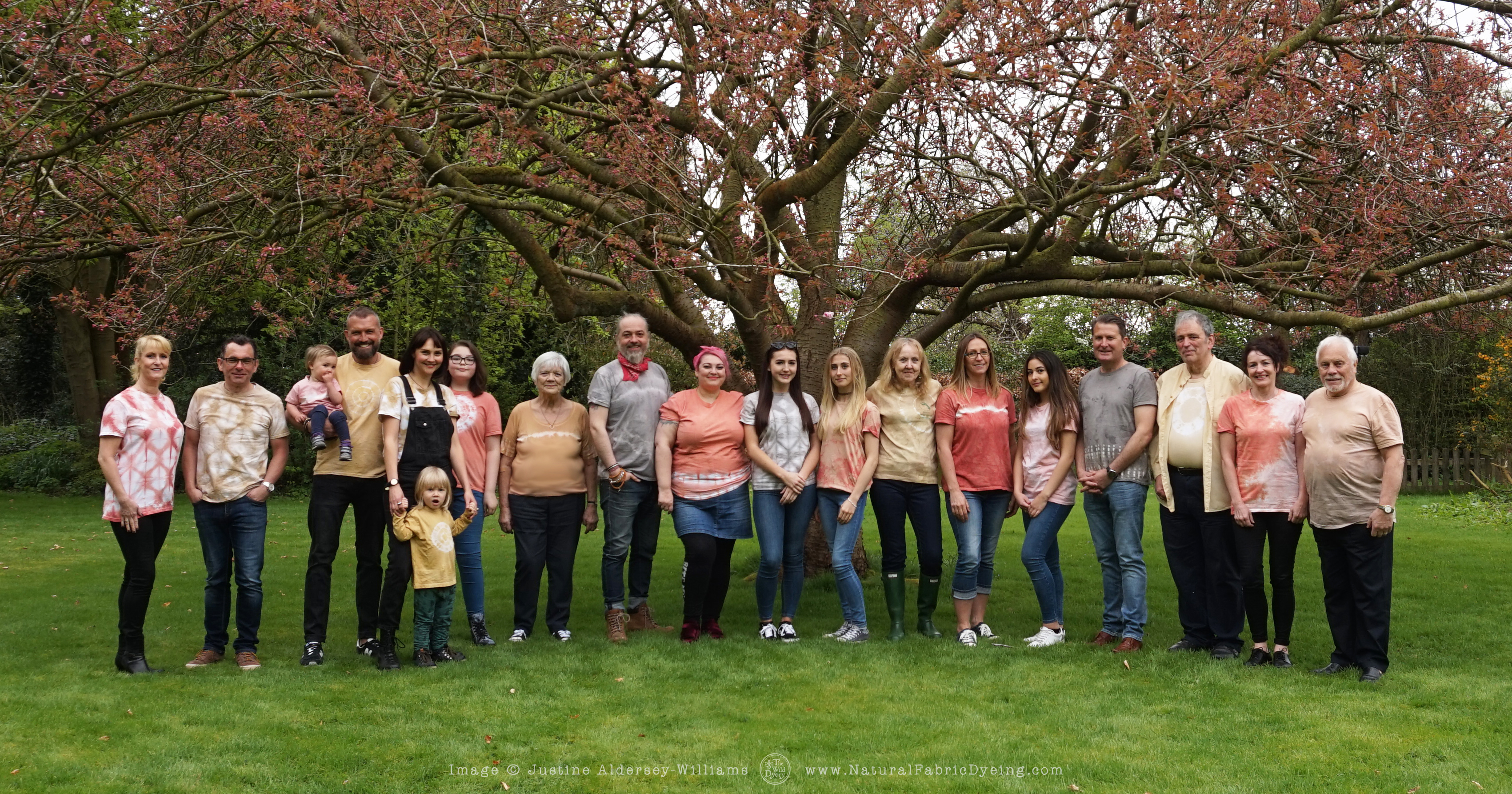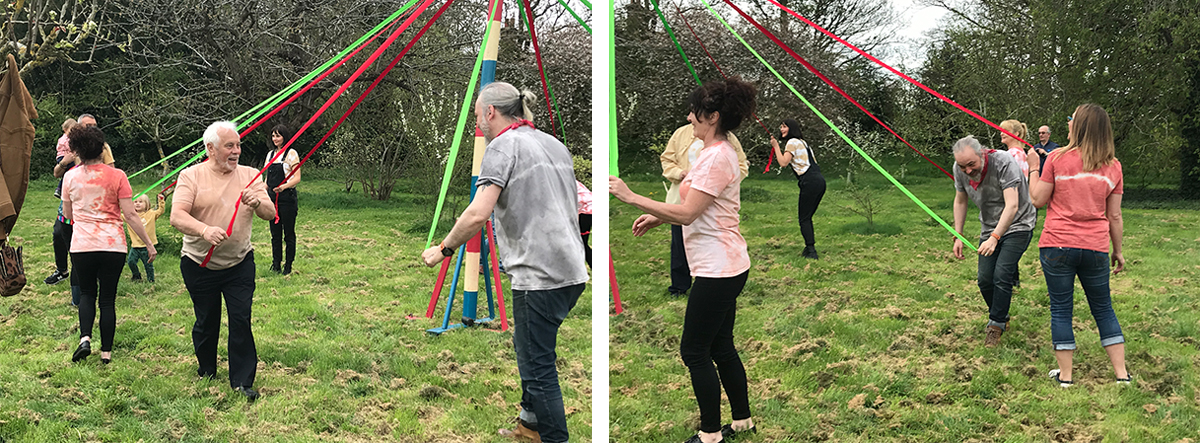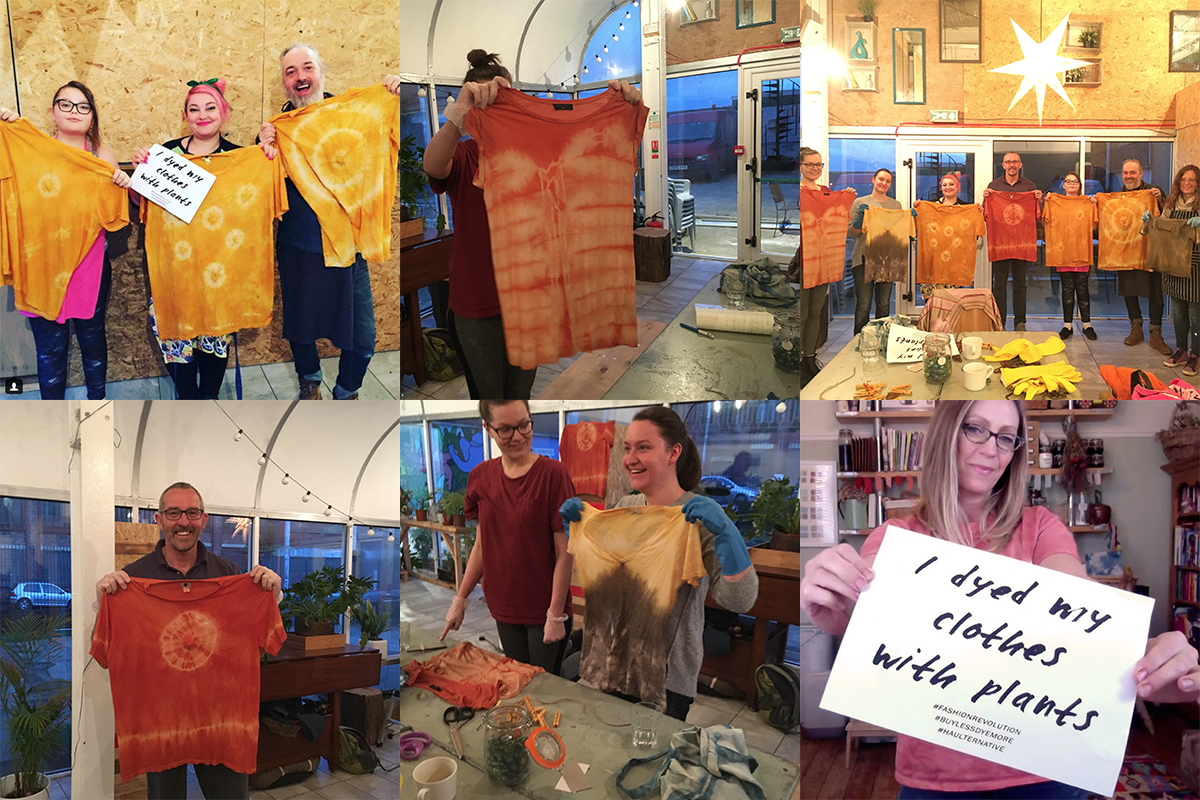Over the last few years I've become increasingly aware of the "high cost of cheap fashion" and whilst developing our online training in natural fabric dyeing, I started researching ways I could contribute to a much needed change.
We all love a bargain but following the Rana Plaza garment factory collapse in 2013 when over 1000 people lost their lives due to unsafe working conditions, many of us started to understand just how our demand for cheap clothing and 'retail therapy' had deadly consequences, mainly for women in less affluent countries.
On April 24, 2013, an eight storey clothing factory in Rana Plaza, Bangladesh, collapsed killing 1,134 workers and injuring 2500. The building had been unsafe and in a state of disrepair yet because of the demand for cheap labour and fast fashion, the building owners ignored warnings and forced workers to carry on.

As a reaction to the Rana Plaza disaster, The Fashion Revolution was born. This is an incredible organisation working to improve the way people and the planet are treated by the fashion industry. Here's their mission statement
"On 24 April every year, Fashion Revolution Day brings people from all over the world together to use the power of fashion to change the story for the people who make the world’s clothes. We want fashion to become a force for good. We believe in an industry that values people, the environment, creativity and profit in equal measure. Our mission is to bring everyone together to make that happen. We believe transparency is the first step to transform the industry. And it starts with one simple question: #whomademyclothes" - Fashion Revolution
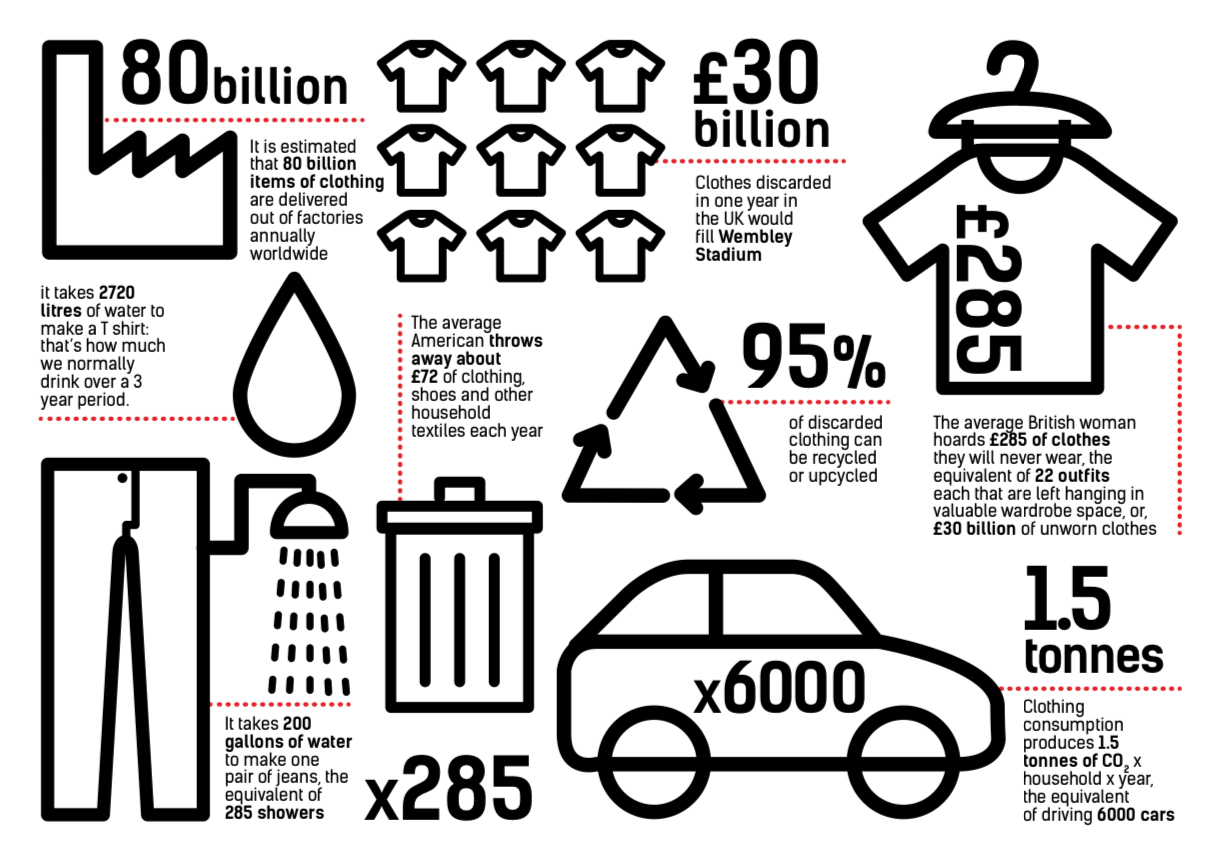
#haulternative
Fashion Revolution have many ideas and resources to empower people with alternatives to buying exploitative clothing. Their #haulternative document is packed full of links and tips and whilst they do mention re-dyeing briefly in their DIY section, I imagine that due to the terrible environmental issues associated with synthetic dyes they haven't so far wanted to place too much emphasis on it. However, as natural dyeing gains public awareness, I hope to help convince them that this ancient craft offers a great way to increase the longevity of clothing whilst encouraging more reverence for the environment.
Human beings coloured their clothing using plants for millennia prior the the relatively recent Industrial Revolution when synthetic dyes were invented. These highly toxic substances sped up manufacturing, enabling the rise of fast fashion.
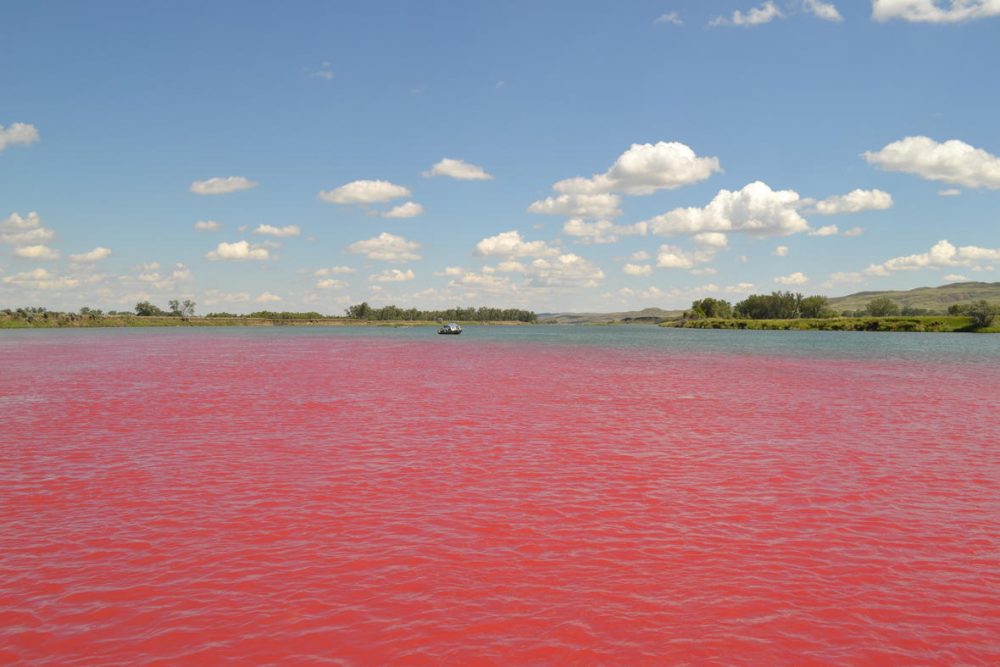
It is said that in textile manufacturing regions, local residents can tell what colour is going to be fashionable next season by the colour of their river. The cost to human life is devastating but the consequences of industrial pollution affect entire eco systems as well.
But don't get me wrong, I don't see natural dyes as a substitute for synthetics because this would be missing the point. It is over-consumption that creates massive pollution and whilst using natural alternatives could help, even natural dyes used at the same rate would require a huge amount of resources.
What natural dyeing can offer right now is an antidote not just to the toxicity of synthetics but to the speed of living required to keep up with capitalism gone mad. It can empower householders with simple ways to increase the longevity of their home textiles so they #BuyLessDyeMore. Slowing down, being thankful for what we already have and re-loving our clothes by mending and infusing them with herbal colours is a powerful remedy. It's a way to heal the stress on both ourselves and the environment. The process of natural dyeing helps you to adopt the pace of nature, a win win for us and the Earth.
colour activism
This year, The Wild Dyery are collaborating with Fashion Revolution on an event at Make Liverpool during their week long campaign #FashionRevolutionWeek. This 'bring+dye' workshop gives people who are new to the craft, an opportunity to re-wild an old garment using dyes extracted from local food and plant waste.

I was inspired to create this event after attending a talk with Sarah Corbett, author of "How To Be a Craftivist" last October. She encourages 'the art of gentle protest' and helped me consider creative ways to make a positive statement about human rights and sustainability. Re-dyeing your old clothing in free, locally foraged plant dyes or food waste is a beautiful way to protest against the current vicious consumerist cycle.
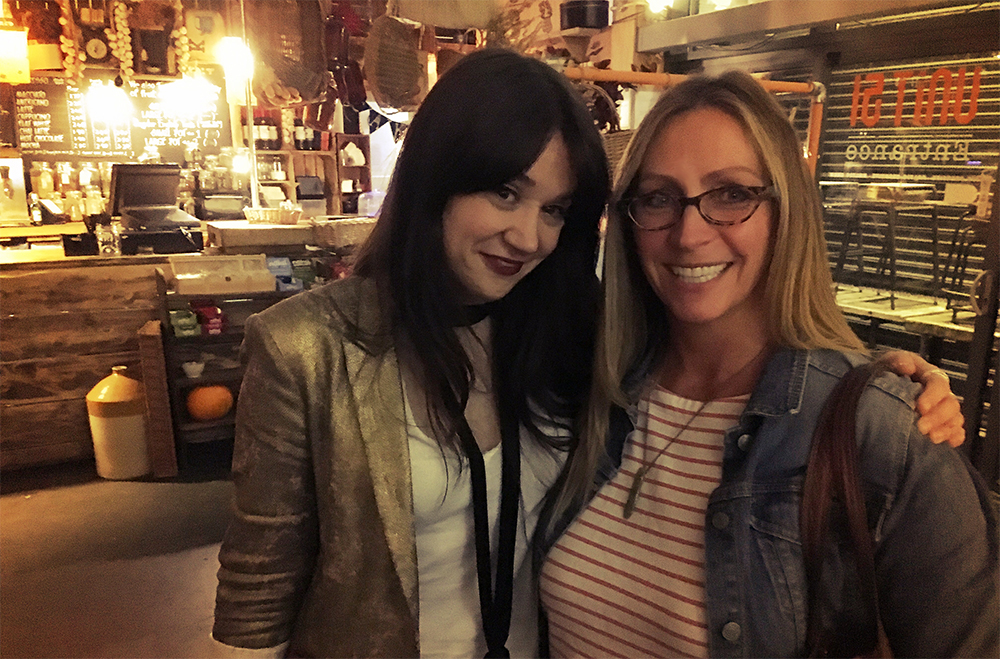
My aim is to:-
- connect my local community with environmental organisations and businesses who recycle
- encourage people to up-cycle their clothing or buy second hand rather than new
- raise awareness of natural alternatives to synthetic colourants
- get people outside to learn about their local dye plants so building reverence for the environment
- raise funds for TreeSisters - Women Seeding Change
- improve the health and wellbeing of people and planet through natural creativity
natural dye donations
My first port of call when organising this event was local tree warden, Dave Ellwand. He has helped connect me with other environmental organisations and I like the circularity of using apple prunings from one of the orchards he maintains to revive clothing at a workshop that will pay for new trees to be planted. Dave will be modelling his 'Brimstage apple bark shirt' this Sunday. This unique event is only possible thanks to the generous donations of dye materials gifted to me by a number of local businesses and community organisations and as a thank-you, I've offered to up-cycle T shirts for each of them, using their own plants. As I have been a TreeSister for a couple of years and donate a percentage of every online training to the reforestation of the planet, I'll be donating 50% of proceeds from the 'bring + dye' workshop to TreeSisters.
This Sunday, on Earth Day at Brimstage Orchard we'll gather for a group photo wearing our naturally dyed T shirts. Those joining me include:-
- Holly Turner from The Calm Yard (who has donated onion skins)
- Andrew Pimbley from Claremont Farm (who has donated coffee grounds)
- Dave Ellwand from Wirral Tree Wardens (who has donated apple bark from Brimstage Orchard)
- Lena Chard from the Health and Horticulture allotment in Wallasey (who has donated rhubarb roots)
- Carol Seerey from Wirral Environmental Network (who will be modelling a Tetley T shirt)
- The Nook Cafe (who can't make it for the photo as they're open but who've donated avocado skins and stones)
They will be joined by a number of other locals who responded to my call out for volunteers a few weeks ago including some who have previously attended my 'indigo socials' and together we hope to make an eye catching statement about sustainable consumerism.
small steps with good intentions
I'm sure many of us wish we could solve the environmental and humanitarian crises that we witness on a daily basis but even thinking about these complex issues can feel overwhelming. In reality, if everyone just changed one habit in their lifestyles it would make a huge impact globally. Actions like boycotting fast fashion outlets, not buying any new clothing for a week/month/year or doing a wardrobe audit to see what can be re-vamped, are all simple ways to have a positive impact.
The inspiring Australian organisation 1 Million Women also advocate buying second hand. Charity shop purchases are a great way to protest against toxic capitalism and when re-loved with plant colours, these garments can take on a whole new life.
preparing to re-wild Wirral
So far I've prepared everyone's donated T shirts, gathered their dye materials and am currently soaking these ready to start dyeing later today. Each shirt will be patterned using various shibori tie-dye techniques.
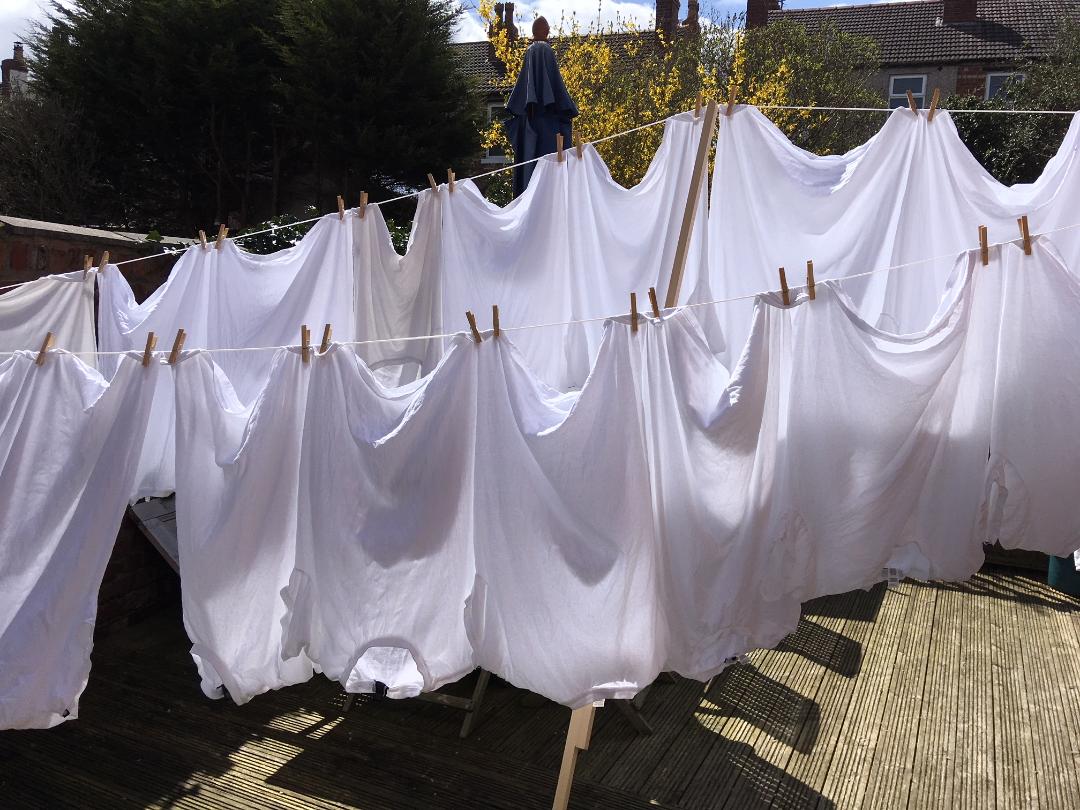
wild dyes and maypole mayhem
Sunday 22nd April was Earth Day. It was also the day before Fashion Revolution Week. The perfect day to protest fast fashion by making a beautiful statement about sustainable living.
My plan was to invite local environmental organisations and businesses to donate some of their waste plant products along with an old T shirt. I would re-wild or up-cycle them using their own botanical waste, so extending the life of a garment, saving them from buying new and raising awareness of natural dyes. These were the results...
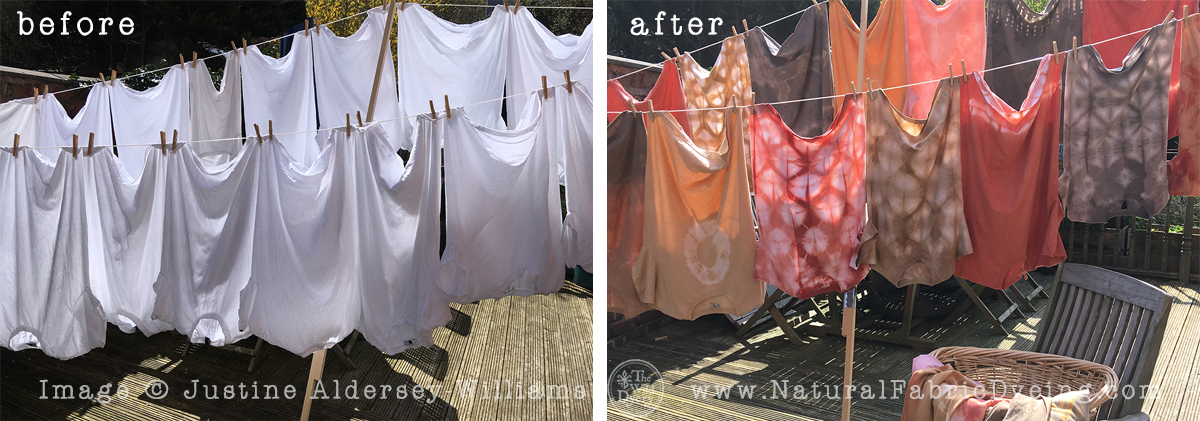
Why re-wild Wirral? Because it takes 2720 litres of water to produce one T shirt and if one million women* up-cycled an old or second hand T shirt it would save 6,000,000KG of carbon pollution from entering the atmosphere.
Natural dyeing of course uses some water but nowhere near the amount it takes to grow, process and manufacture a new garment. I'm advocating home dyeing as an #HAULTERNATIVE to buying cheap, fast fashion because the latter has such huge costs to humanity and the environment. I think it's time we all slowed down and stopped financing the destruction of the planet.
- statistic from one million women
home dyeing
I remember as a child, my mother and grandmother would dye Easter egg shells with my brother and I using onion skins. This was a fun tradition that never failed to fill us with awe when we saw the resulting colours and patterns created by something saved from the bin. My mum in particular enjoyed re-dyeing clothes but would also hand make and then mend garments to lengthen their use. When money was tight for so many, crafts were an everyday necessity. How times have changed. We are now bombarded by so much advertising, fashion conditioning and instant buying choices, it's easy to forget that we have other options but the buzz of 'retail therapy' fades quickly when you find out the real cost of cheap clothing.
Yet even though (or perhaps because) clothing can be so inexpensive these days, there's still nothing quite as rewarding as making, fixing or dyeing something yourself. These old 'make do and mend' crafts bind families together due to the story, effort and love that goes in to them. What story does clothing made in Rana Plaza tell?
"Slowing down, being thankful for what we already have and re-loving our clothes by mending and infusing them with herbal colours is a powerful remedy. It's a way to heal the stress on both ourselves and the environment. The process of natural dyeing helps you to adopt the pace of nature, a win win for us and the Earth." - Justine Aldersey-Williams, The Wild Dyery
Plant dyes offer a remedy and It's easy to get started when you focus on simply re-viving your home textiles with kitchen and garden waste as you'll discover below.

As mentioned previously, the dyes donated were:-
- Onion skins from Claremont Farm
- Apple bark from from Wirral Tree Wardens at Brimstage Orchard
- Rhubarb roots from the Health and Horticulture and Wirral Environmental Network allotment in Wallasey
- Avocado skins and stones from The Nook Cafe, West Kirby
- Tea bags and madder roots from The Wild Dyery
These six plants created the beautiful colours below. The 'rusty' variations were dipped in iron water after being dyed which creates darker shades.
I created patterns by folding, binding, clamping and tying the T shirts in various designs before immersing them in the dye baths. Wherever the fabric was bound, the fabric remained white. You may know this technique as 'tie-dye' but it originally came from Japan where it's called 'shibori'. I'll be sharing a really simple tutorial shortly that will get you started with natural dyeing and shibori patterns so make sure you're following our social media pages or join the mailing list (bottom of page) for a notification when this goes live.
I was really excited to see everyone wearing their T shirts because I loved how they looked on my washing line but I was a little anxious about 19 people being available on the same day, at the same time. I needn't have worried because these incredible friends and family all gave up half their Sunday, arrived on time, modelled beautifully and enjoyed finding out about everyone else's colours.
Some of these people hadn't known there was an orchard at Brimstage Hall, so the lovely orchard has gained some new fans.
Unbeknownst to the 're-wilders', Dave the Tree Warden from the orchard (who was modelling his own apple bark T shirt and shirt) had maypole dancing plans for us too! Our attempt to perform this Beltane ritual was accompanied by some accordion and flute playing. The things that happen when you re-wild your wardrobe!

bring + dye
After Earth Day, I taught a workshop at Make Liverpool so people could try natural fabric dyeing for themselves. Everyone brought an old T shirt, learnt some simple patterning techniques, then re-wilded their tops with the same donated plant dyes.

I am encouraging people to up-cycle their old clothes with locally foraged plant dyes because I know from talking to my students, that so many of us feel passionate about restoring our planet. We don't want our clothing to finance the suffering of people or the environment. This is why I teach natural fabric dyeing and why I donate a percentage of proceeds from my workshops to TreeSisters: Women Seeding Change. We don't need to solve these huge issues on our own, but collectively, by taking these small steps with good intentions, we can make a big difference while enjoying the process! We can be creative activists.
Here's a video summary of my contribution to Fashion Revolution Week.
Disclaimer: Natural does not mean safe and just as you wouldn't forage and eat a plant you hadn't thoroughly researched and identified, it's not advisable to pick or dye with any plant without proper training. In addition to this, some of the dyes and techniques I've used in this project were specifically chosen for their ease of use for hobby dyers when beginning, this does not mean they are appropriate for those wishing to sell their work. There is a big difference between what you do in your own home to lengthen the life of your textiles and the standards you should uphold when selling naturally dyed products. If you love what you've seen here and want to become a professional dyer, please ensure you study a certified training course with a qualified teacher.





